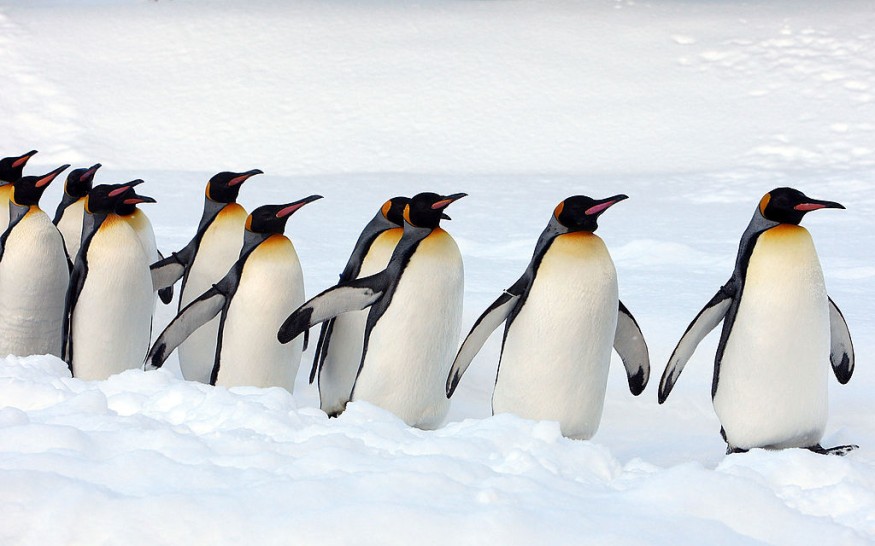U.S. scientists are trying to figure out what causes the pink algae that makes snow look pink. It's also called "watermelon snow," Researchers say it could threaten water supplies.
Snow is pink because of a group of microalgae that live in freshwater. People have seen these algae in many different colors from their other species, stages of life, or where they live. It has also been found that snow algae can travel long distances when the wind moves them. More importantly, pink snow means that the albedo is lower, which means more sunlight is absorbed, and the snow will melt faster. Albedo can also be changed by wildfires' dirt, dust, and ash.

Pink Snow is Dangerous Because of Algae Content!
High Country News says that Jim Elser, an ecologist at the University of Montana and the director of the Flathead Lake Biological Station, and his team have been looking at the snowfields on the lower slopes of Clements Mountain in Glacier National Park in Montana.
In the study, a device was used to measure the albedo of the snow, which is how much of the sun's light is reflected. A spectroradiometer was also used to measure the pigment by scientists.
The crew also did the other things that were part of their routine, such as measuring how much water was in the snow, collecting bags of snow samples, and taking out a snow core. This showed that there were two layers of algal blooms, one of which was a rusty band just a few inches below the surface.
There are many places where these kinds of nutrients can be found. According to research done in the past, phosphorus is found in rocks that glaciers have worn down, while nitrogen comes from chemical fertilizers and manure from farms. Researchers think both types of nutrients can help algae grow, but nitrogen is especially important to them. Wind patterns may make it more likely for algal blooms to happen in the Intermountain Rockies. They want to learn more about the forces at work.
Understanding what causes snow algae to grow is the first step to understanding how a water source is changing, Interesting Engineering said. The West of the United States, which tends to be dry, needs to know where algae might make snow melt faster.
More algae could mean that more snow is melting. Gradual snowmelt is good because it keeps water levels in reservoirs stable and fills streams with cold water that fish and other aquatic life need to survive the hot summer months. But when the snow melts quickly, it causes a number of other problems.
Is Dust Also Responsible for This?
Out There Colorado says that wind-blown dust is another thing that can cause red snow. When there are strong storms, dust can settle on some of the higher slopes and turn the snow red.
If you walk on watermelon snow, you might get bacteria and toxic algae on your boots, which could be bad for people.
This kind of snow is common in the Sierra Nevada in California and other arctic and alpine areas in the summer. At the height of 10,000 to 12,000 feet, it's cold here all year long (3,000-3,600 m). So, the snow from the winter storms is still there. It turns red when you step on snow or pack it into a snowball. When you walk in watermelon snow, you often end up with bright red soles and pink trouser cuffs.
Nature can be dangerous, too, Townsquare Noco added. This summer, Spain was hit by wildfires, floods destroyed parts of the Midwest, and a massive hailstorm hit Mexico. As long as global warming continues, these events will likely happen more often, but they might not get easier to predict.
As the Earth keeps getting hotter, climate change is likely to cause more things that are hard to predict. However, people are getting used to it because it's happening more often. Extreme heat, for example, is a typical sign of climate change. A study in the scientific journal PNAS says that this may make it hard for people to understand how much climate change affects the world.
RELATED ARTICLE : Atmospheric Carbon Dioxide Now Reaches 50% Higher Than the Start of Industrial Revolution
Check out more news and information on Climate Change in Science Times.
© 2026 ScienceTimes.com All rights reserved. Do not reproduce without permission. The window to the world of Science Times.











